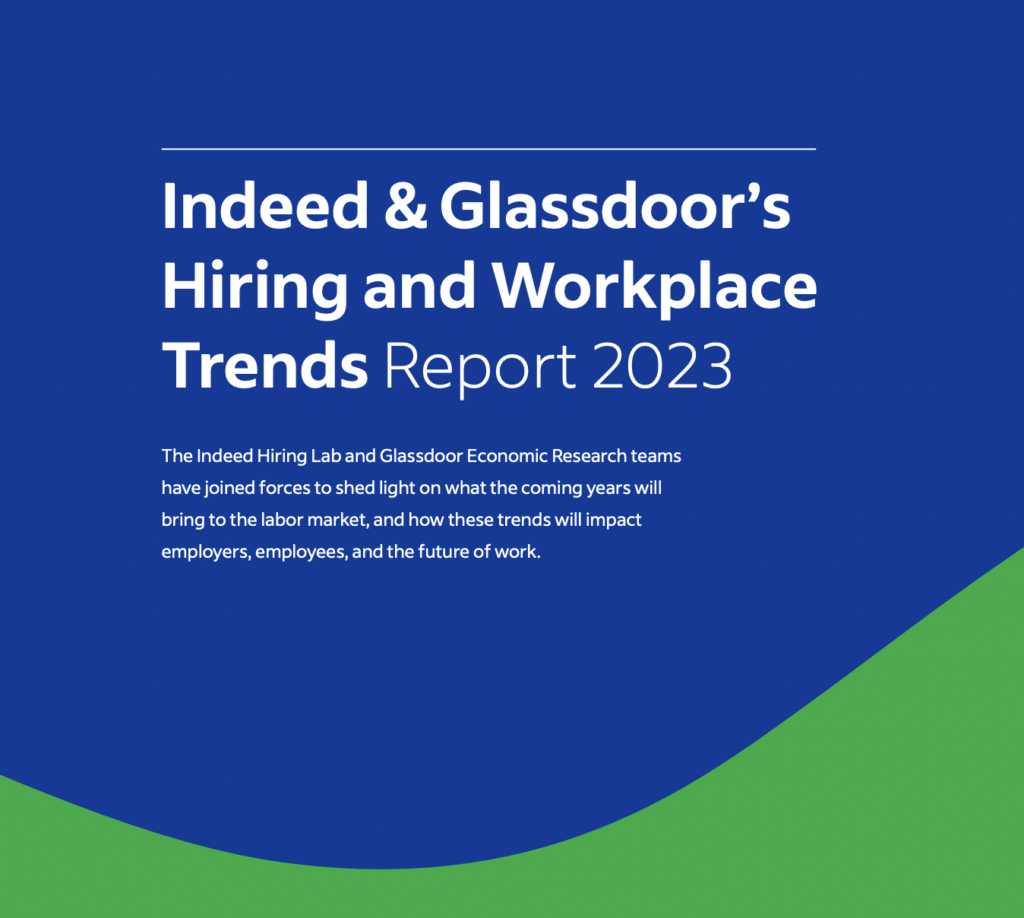Key Points:
- Posted wage growth remains strong but has eased in several of the leading job categories recently.
- Job postings continue to show resilience to economic headwinds.
- The labour market remains extremely tight amid persistently high inactivity.
- Elevated job-to-job moves suggest workers didn’t feel particularly cautious in the third quarter.
Spotlight: Posted wage growth has dipped in several job categories since the summer
Posted wages in UK job postings on Indeed were up by a strong 6.2% y/y in October. But the rate of growth may have peaked and is down from 6.4% y/y in June.
Several of the categories where posted wage growth has been strongest have cooled recently. The top three categories for posted wage growth in October — personal care & home health, loading & stocking and production & manufacturing — have all seen a dip since June. Jobseeker interest trends (based on clicks per posting) are mixed for those categories, with personal care & home health seeing a rise in relative interest but the other two seeing declines.
The software development category stands out having recorded a substantial 2.2ppt gain in posted wage growth since June to reach 6.9% y/y posted wage growth in October. That’s despite software development job postings growth having slowed sharply in recent months, with postings now standing 14% above the 1 February 2020, pre-pandemic baseline, down from a peak of 48% back in February 2022. So despite cooling demand, posted wages for new hires are still rising at a brisk pace for a category where roles are traditionally among the hardest to fill.
Real-time data from Indeed job postings continue to show resilience. UK job postings were 45% above the 1 February 2020, pre-pandemic baseline, seasonally adjusted, as of 11 November 2022. That’s the highest level since late-August.
Labour Market Overview
The latest figures from the Office for National Statistics (ONS) pointed to further cooling in the labour market. The employment rate was stable at 75.5% in the three months leading up to September, still below its pre-pandemic peak of 76.6% (indicative of an incomplete recovery). Vacancies showed a further slight softening, though remain close to record highs at 1.23 million.
With an unemployment rate of just 3.6%, the ratio of unemployed jobseekers to vacancies stands at just 1.0. Though up marginally from 0.9 last month, that continues to signal a tighter labour market than at any time in the preceding 50 years.
Participation gap remains large
The rate of economic inactivity remains well above pre-pandemic levels, despite nudging down to 21.6% in the three months to September (it was 20.2% on the eve of the pandemic). Inactivity due to long-term sickness hit a record high at 2.5 million, though analysis suggests that many of that cohort were already out of the workforce before falling ill.
Job switching remains elevated
Job-to-job moves continued at a high level in the third quarter at 964,000. That was up slightly from the second quarter and close to the record 997,000 job-to-job moves seen in the first quarter of 2022. High rates of job switching suggest that workers remained optimistic about the labour market during Q3, with little sign of an expected recession prompting caution.
Real terms pay squeeze continues
The tight labour market continues to generate strong nominal wage growth, running at 5.7% y/y in the three months leading up to September (a similar range to the Indeed Wage Tracker). But high inflation is eroding all the gains, with real wages down 2.7% y/y. With consumer price inflation spiking higher in October, the near term outlook for real wages remains gloomy.
Conclusion
Despite expectations that the UK economy is headed into a lengthy recession, there’s little sign that tight labour market conditions are going away any time soon. Hiring challenges continue to stoke strong nominal wage growth that the Bank of England is attempting to tame by raising interest rates, though high inflation is eroding all the gains for workers.
We host the underlying job-postings chart data on Github as downloadable CSV files. Typically, it will be updated with the latest data one day after this blog post was published.
Methodology
All figures in this blogpost are the percentage change in seasonally-adjusted job postings since 1 February, 2020, using a seven-day trailing average. 1 February, 2020, is our pre-pandemic baseline. We seasonally adjust each series based on historical patterns in 2017, 2018, and 2019. Each series, including the national trend, occupational sectors, and sub-national geographies, is seasonally adjusted separately. We adopted this methodology in January 2021.
The number of job postings on Indeed.com, whether related to paid or unpaid job solicitations, is not indicative of potential revenue or earnings of Indeed, which comprises a significant percentage of the HR Technology segment of its parent company, Recruit Holdings Co., Ltd. Job posting numbers are provided for information purposes only and should not be viewed as an indicator of performance of Indeed or Recruit. Please refer to the Recruit Holdings investor relations website and regulatory filings in Japan for more detailed information on revenue generation by Recruit’s HR Technology segment.



